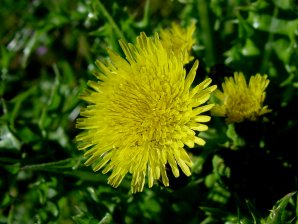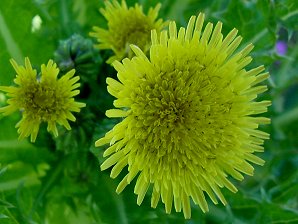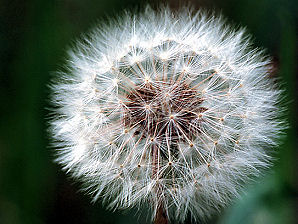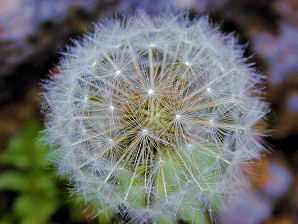Arizona Wild Flowers
Pictures, Photos, Images
Descriptions, Information, Reviews.
Common Dandelion, Taraxacum officinale.
We Are Proud Of Our SafeSurf Rating!
Click On Any Of The Following Links By Amazon.Com
For Books, & Videos About Wildflowers Of Arizona & The Southwest USA. No Obligation!
| Common Dandelion, Taraxacum officinale. |
|---|
 |  |
| Common Dandelion, Taraxacum officinale. Close Up. | Common Dandelion, Taraxacum officinale. Close Up. |
|---|---|
 |  |
| Common Dandelion, Taraxacum officinale. "Cotton Like" Seed Pod. | Common Dandelion, Seed Pod. Wind Blows Seeds Everywhere! |
Common Dandelion.
We wish to thank Wikipedia, the free encyclopedia for some of the information on this page. We share images and information with Wikipedia. Common Dandelion typically forms a low growing, perennial herb, prostrate to mounding rosette plant, usually 8 to 12 inches tall and wide, and normally wider than tall. The heads are solitary, while the hollow stem is erect having basal leaves, that are usually deeply notched and lobed. While we would never suggest eating this plant, dandelion (the entire plant preparation) has been used by many world wide cultures for stimulating appetite and for relieving stomach fullness and gas (dyspepsia). Dandelion leaf has also been used for stimulating the appetite, and for promoting water loss and blood circulation. It has also been used for gallstones and arthritis. The leaves are also sometimes eaten as food. Common dandelion is native to Eurasia, and now is naturalized throughout North America, southern Africa, South America, New Zealand, Australia, and India. It occurs in all 50 states of the USA and most of the Canadian provinces. On the Arizona Prohibited Entry List.
Quick Notes:
Height: 8 to 12 inches tall and wide.
Flowers: Yellow, ray flowers are that are 5 - notched at the tip. There are 100 to 300 in each head.
Flowering Time: Mid - February through May. Can bloom year round.
Seeds: Seeds, which are, on average, 3mm long by 2 mm wide, are equipped with a small parachute of hairs, that can carry them over large distances in strong winds.
Leaves: The leaves are 2 - 12 inches long, simple and basal, entire or lobed, forming a rosette above the central taproot.
Found: Native to all of North America except northern Canada.
Hardiness:
Soil pH requirements:
Sun Exposure:
Elevation: 0 - 9,000 Feet.
Habitat: Roadsides and other disturbed areas; such as fields and waste areas.
Miscellaneous: Flowering Photos Taken March 31, 2003. Glendale, Arizona.
|
We Are Proud Of Our SafeSurf Rating!
Click On Any Of The Following Links By Amazon.Com
For Books, & Videos About Wildflowers Of Arizona & The Southwest USA. No Obligation!
| © 1966 - Present, Audrey, Eve, & George DeLange |
